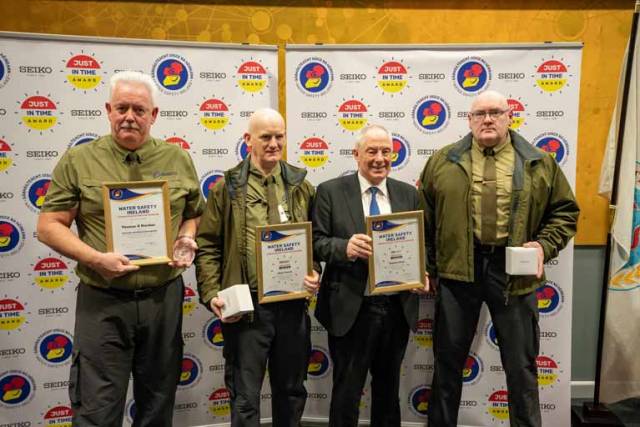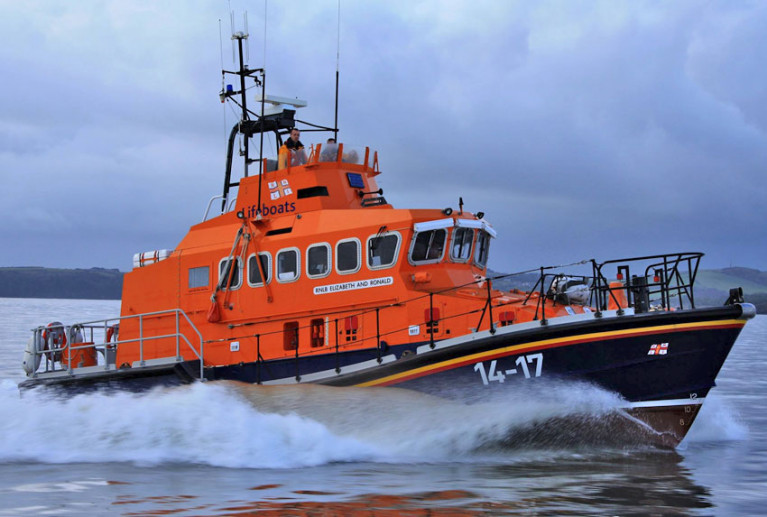
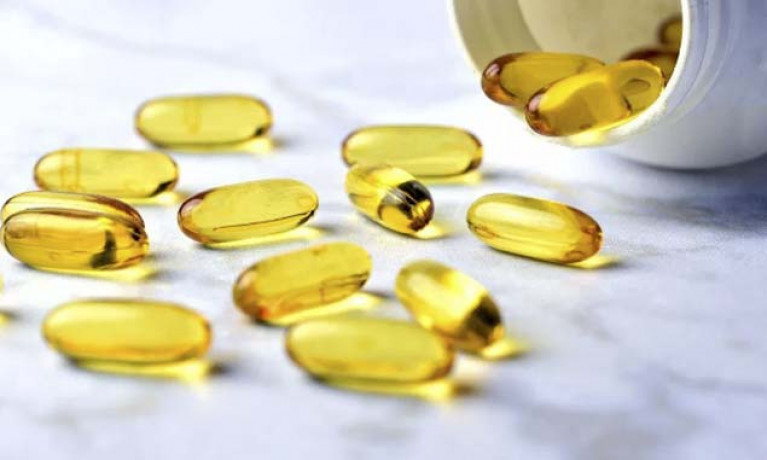
Fish Oil Supplements Boost Sperm Counts Among Young Men, Danish Research Finds
21st January 2020 Fishing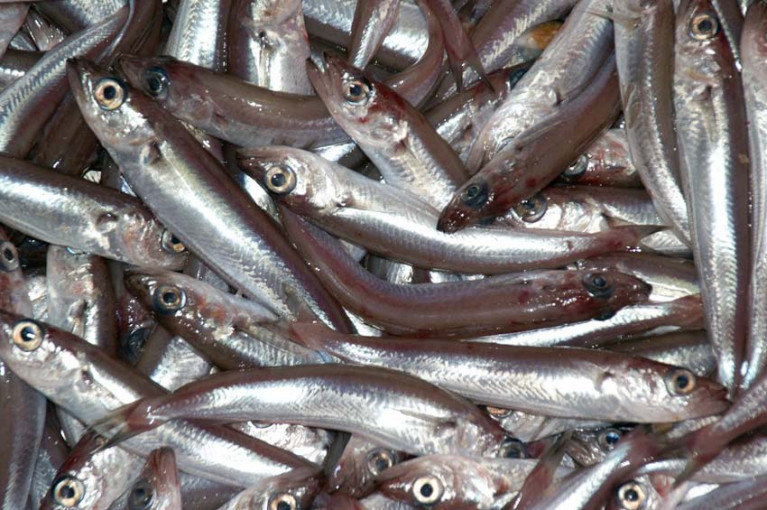
Amendments To Fisheries Bill Over New ‘Points System’ For CFP Infringements Sent For Pre-Legislative Scrutiny
12th January 2020 Fishing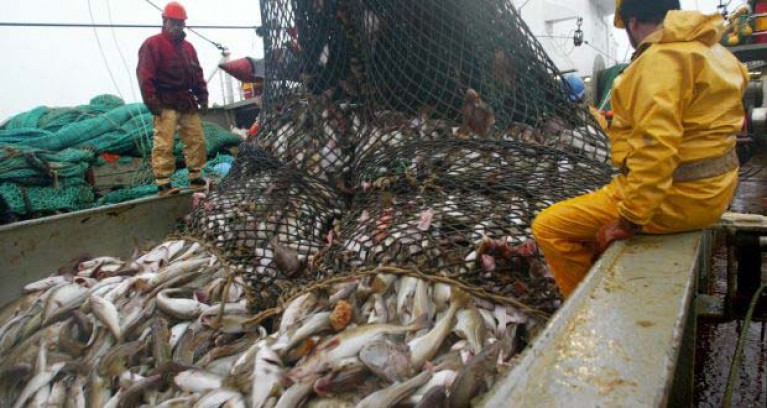
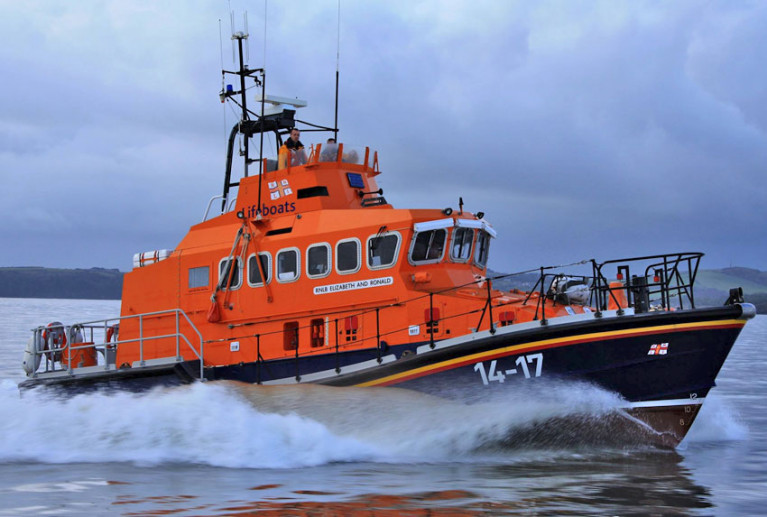
Search For Missing Man Off Hook Head After Fisherman Dies Following Trawler Incident
5th January 2020 Fishing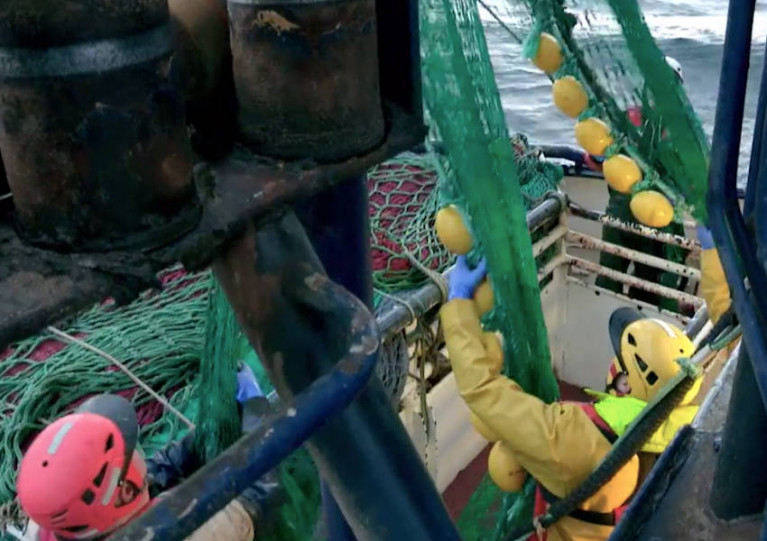
Trawler Caught Fire And Sank During Filming For Documentary On Challenges Faced By Fishing Communities
2nd January 2020 Fishing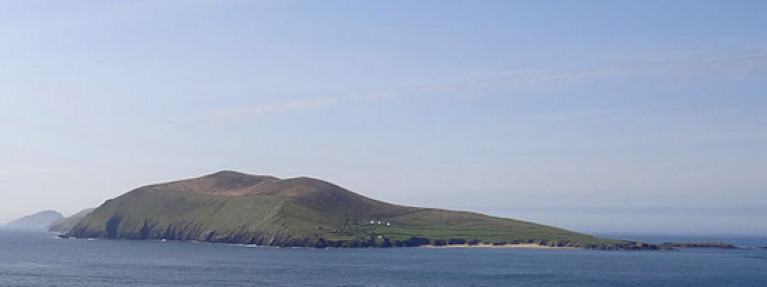
Kerry Fishermen In Call For Seal Cull Over ‘Unsustainable’ Stock Depletion
30th December 2019 Fishing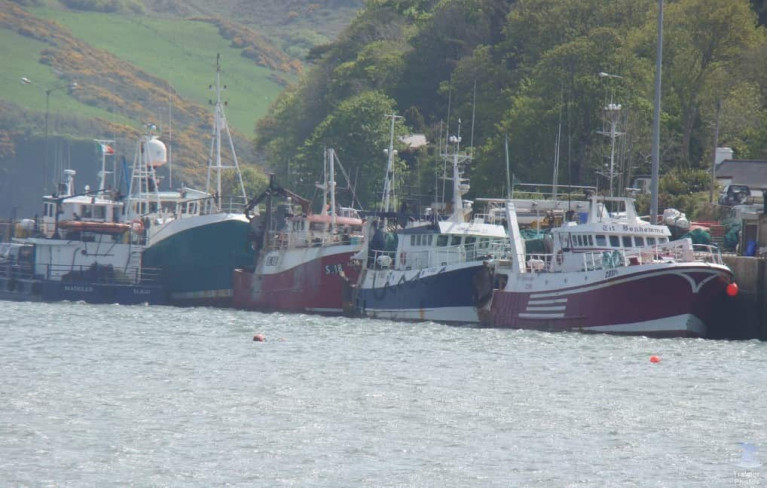
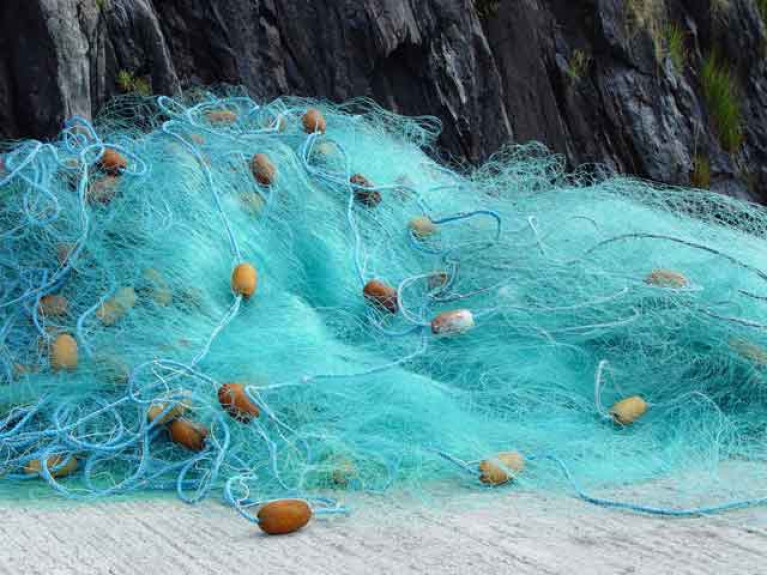
Trawling Ban Inside Six-Mile Limit Comes into Force on January 1st, Creed Reminds Industry
23rd December 2019 Fishing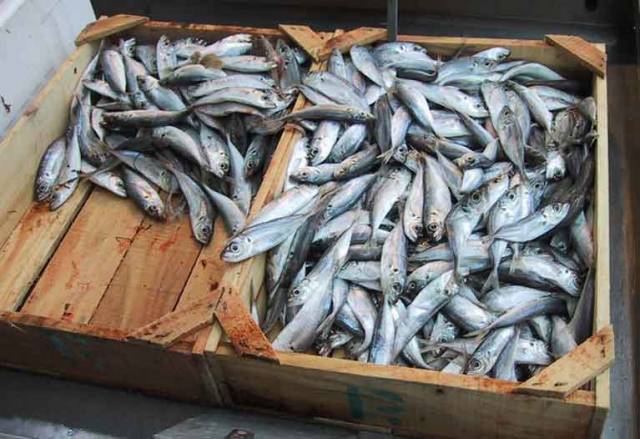

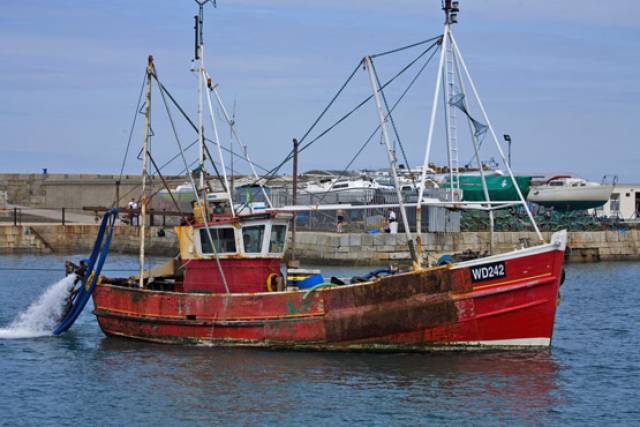
Marine Minister Challenged To Balance Sustainability With Industry Concerns At EU Fisheries Council
15th December 2019 Fishing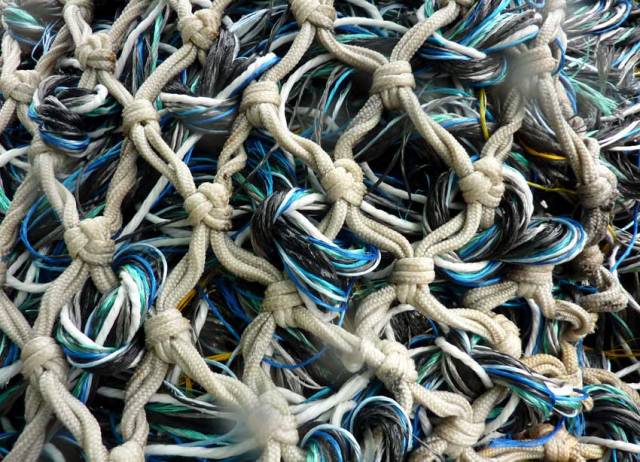
Protest At Leinster House Highlights Concerns Over Future Of Ireland’s Commercial Fishing
10th December 2019 Fishing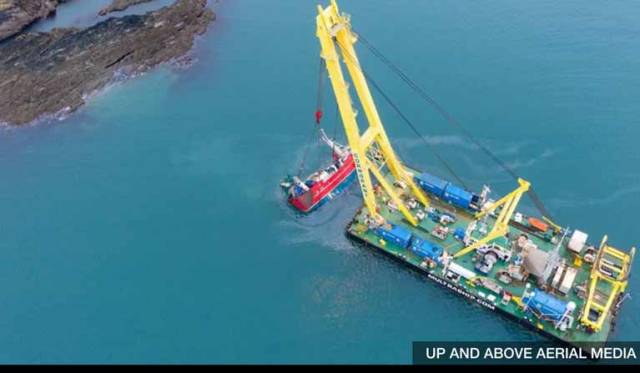
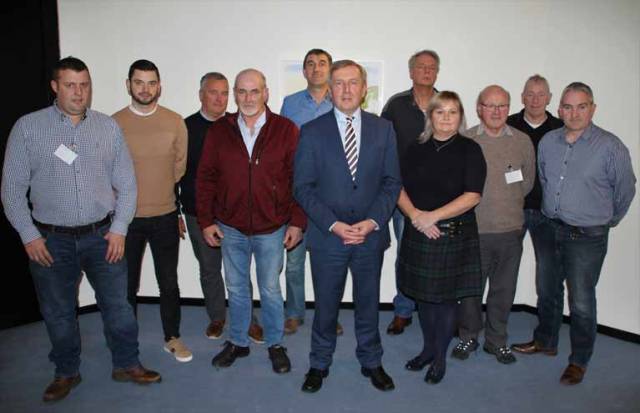
National Inshore Fisheries Forum Must Remain a Strong Voice for the Sector
28th November 2019 Fishing